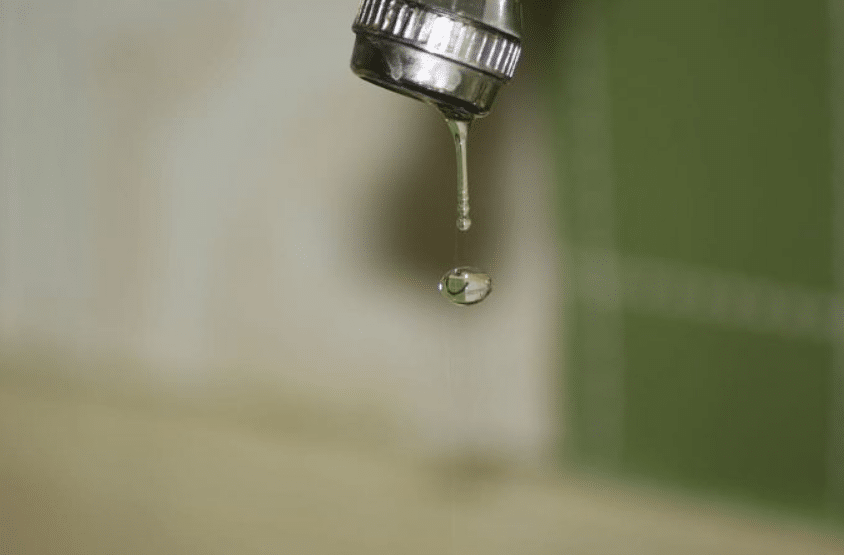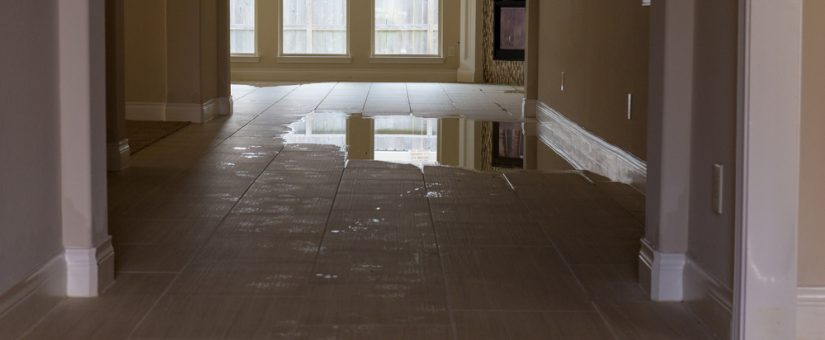How to Prevent the Six Most Common Water Leaks in Your Home
How to Prevent the Six Most Common Water Leaks in Your Home
Blog Article
We've encountered the article about How to detect water leaks in your home listed below on the web and figured it made perfect sense to write about it with you over here.

Leaks not only create waste of water but can additionally trigger unnecessary damages to your home and also promote undesirable organic development. By comprehending and looking for day-to-day circumstances that create leaks, you can shield your house from future leakages as well as unneeded damage.
Encroaching origins
Most water leakages start outside your home rather than inside it. If you observe a sudden reduction in water pressure, state in your tap, take some time to head out as well as analyze your yard. You could notice damp patches or sinkholes in your lawn, which might indicate that tree roots are getting into water lines triggering water to seep out. You can have your plumber look for invasion, especially if you have trees or bushes near your home.
Rusty water systems
This could be the cause of discoloration or warping on your water pipes. If our plumbing system is old, think about changing the pipelines given that they are at a higher risk of rust than the newer designs.
Faulty Pipeline Joints
Pipeline joints can degrade over time, resulting in water leakages. If you have loud pipelines that make ticking or banging noises, particularly when the hot water is turned on, your pipe joints are probably under a lot of pressure.
Instantaneous temperature level adjustments.
Severe temperature level modifications in our pipes can trigger them to expand and contract suddenly. This growth as well as contraction may cause splits in the pipelines, particularly if the temperature are below freezing. It would be best if you kept an eye on how your plumbing functions. The visibility of the formerly pointed out conditions regularly suggests a high danger.
Poor Water Connectors
At times, a leakage can be triggered by loosened pipes and pipelines that supply your devices. In situation of a water links leak, you might notice water running straight from the supply line or pools around your home appliances.
Blocked Drains
Clogged drains pipes might be annoying as well as inconveniencing, but they can often wind up triggering an overflow bring about burst pipelines. Keep eliminating any products that may decrease your drains pipes that might obstruct them to avoid such aggravations.
All the above are reasons for leaks but not all water leakages result from plumbing leaks; some leakages might originate from roof leakages. All leaks should be fixed instantly to stay clear of water damage.
Leakages not just cause waste of water however can also create unnecessary damages to your home and also promote undesirable organic development. By comprehending and also looking for daily situations that trigger leakages, you can secure your home from future leaks and unnecessary damages. Today, we will look at 6 leak triggers that may be triggering your pipes to leak.
At times, a leakage can be caused by loosened hose pipes and pipelines that supply your devices. In situation of a water connections leakage, you may see water running directly from the supply line or puddles around your home appliances.
How To Check For Water Leak In Your Home
How To Check for Leaks
The average household's leaks can account for nearly 10,000 gallons of water wasted every year and ten percent of homes have leaks that waste 90 gallons or more per day. Common types of leaks found in the home are worn toilet flappers, dripping faucets, and other leaking valves. These types of leaks are often easy to fix, requiring only a few tools and hardware that can pay for themselves in water savings. Fixing easily corrected household water leaks can save homeowners about 10 percent on their water bills.
To check for leaks in your home, you first need to determine whether you're wasting water and then identify the source of the leak. Here are some tips for finding leaks:
Take a look at your water usage during a colder month, such as January or February. If a family of four exceeds 12,000 gallons per month, there are serious leaks.
Check your water meter before and after a two-hour period when no water is being used. If the meter changes at all, you probably have a leak.
Identify toilet leaks by placing a drop of food coloring in the toilet tank. If any color shows up in the bowl after 10 minutes, you have a leak. (Be sure to flush immediately after the experiment to avoid staining the tank.)
Examine faucet gaskets and pipe fittings for any water on the outside of the pipe to check for surface leaks.
Undetected water leaks can happen without the home or business owner even realizing. If you suspect a water leak, but not able to find the source. It is time to contact a professional water leak detection service, The Leak Doctor.
How To Find a Water Leak In Your Home
https://www.leakdoctor.com/blog/How-To-Check-For-Water-Leak-In-Your-Home_AE197.html

As an avid person who reads about Most Common Causes of Leaky Pipes, I thought sharing that excerpt was smart. Enjoyed reading our write-up? Please share it. Let others discover it. I cherish reading our article about How to detect water leaks in your home.
Schedule A Service Report this page